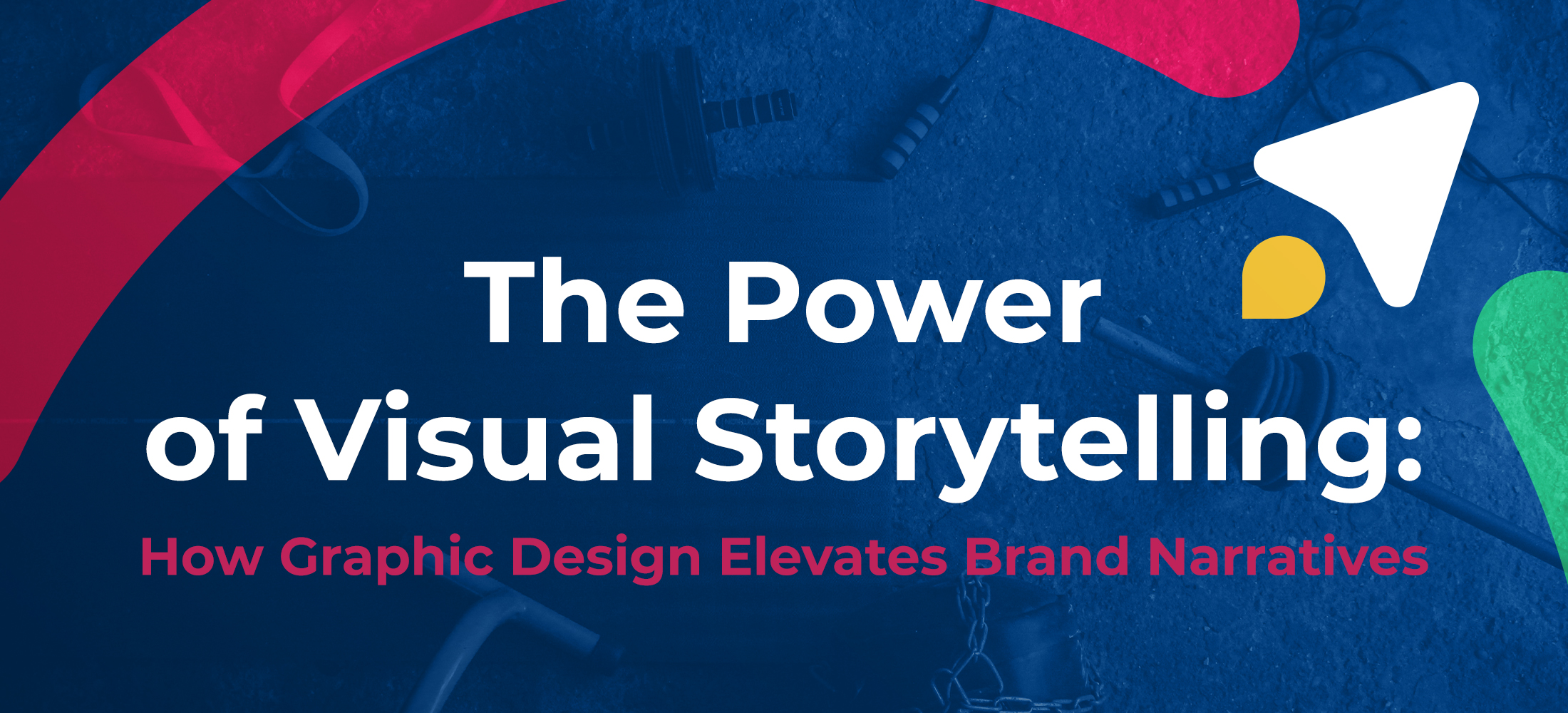
In today’s digital age, where attention spans are shorter than ever, the art of storytelling has become a crucial tool for businesses looking to connect with their audiences. But storytelling isn’t limited to just words; it extends to visuals as well. This is where graphic design steps in, playing a pivotal role in elevating brand narratives and making them more compelling than ever.
Visual Storytelling Defined:
Visual storytelling is the practice of conveying a message, emotion, or narrative through visual elements such as images, illustrations, and graphics. It’s an essential component of effective brand communication because it engages the audience on a deeper, more emotional level than text alone can achieve.
Creating a Visual Identity:
The cornerstone of visual storytelling is establishing a strong visual identity for your brand. Graphic designers are the architects of this identity, using colors, fonts, logos, and imagery to create a unique and recognizable look. Think of iconic brands like Apple or Coca-Cola – their visual identity is instantly recognizable, and it’s a key part of their storytelling.
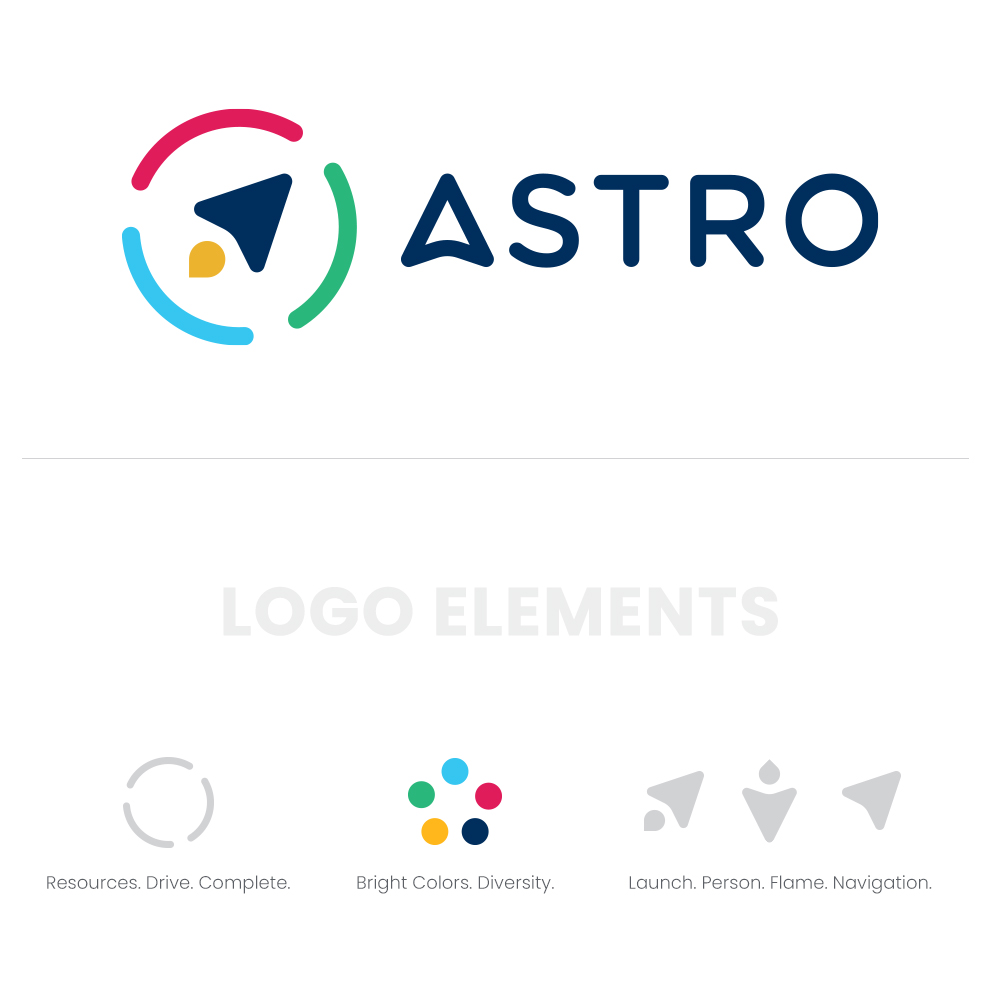

Evoking Emotions:
Graphic design has the power to evoke emotions in ways that words alone cannot. The choice of colors, the style of illustrations, and the overall design of a website or marketing collateral can make the audience feel excited, calm, nostalgic, or inspired. These emotions are a crucial part of the brand’s narrative.
Simplifying Complex Ideas:
Sometimes, brands need to convey complex ideas or messages. Graphic designers excel at simplifying these concepts through infographics, charts, and visual metaphors. By breaking down intricate information into digestible visuals, they help the audience grasp the core message more easily.
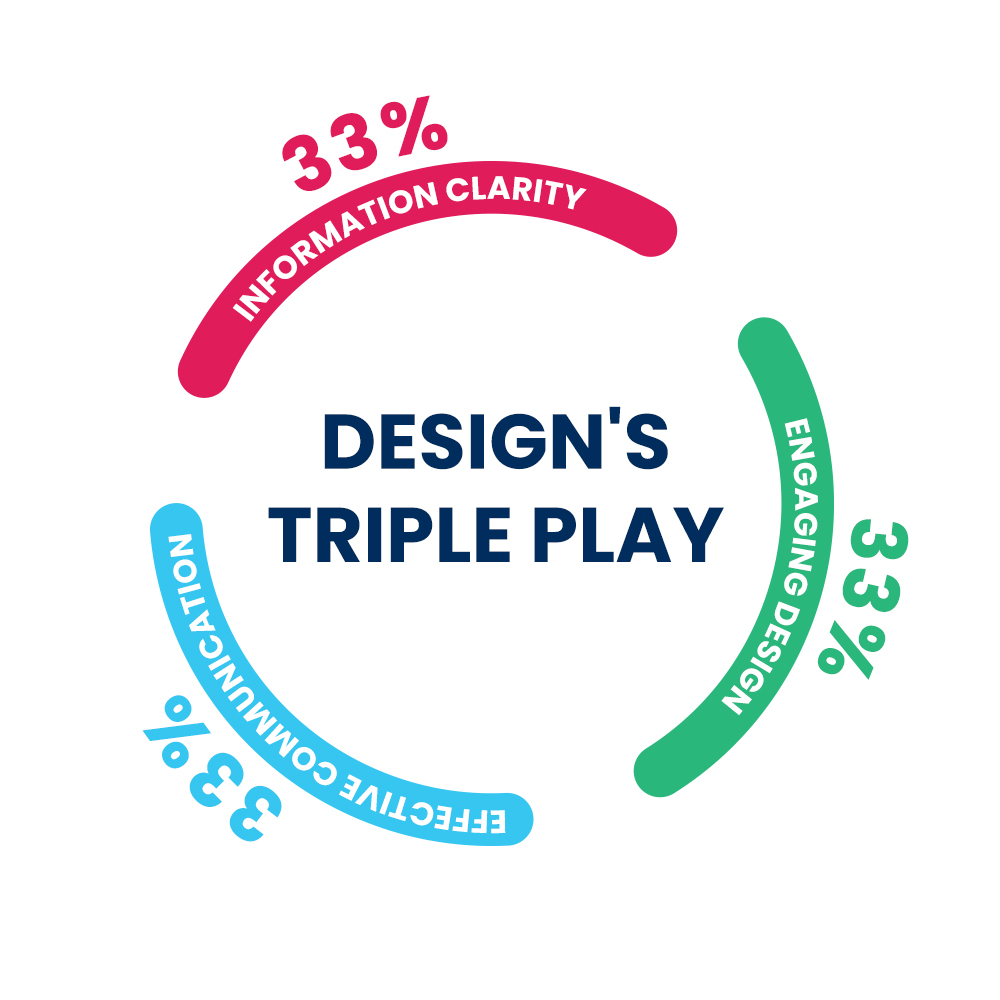
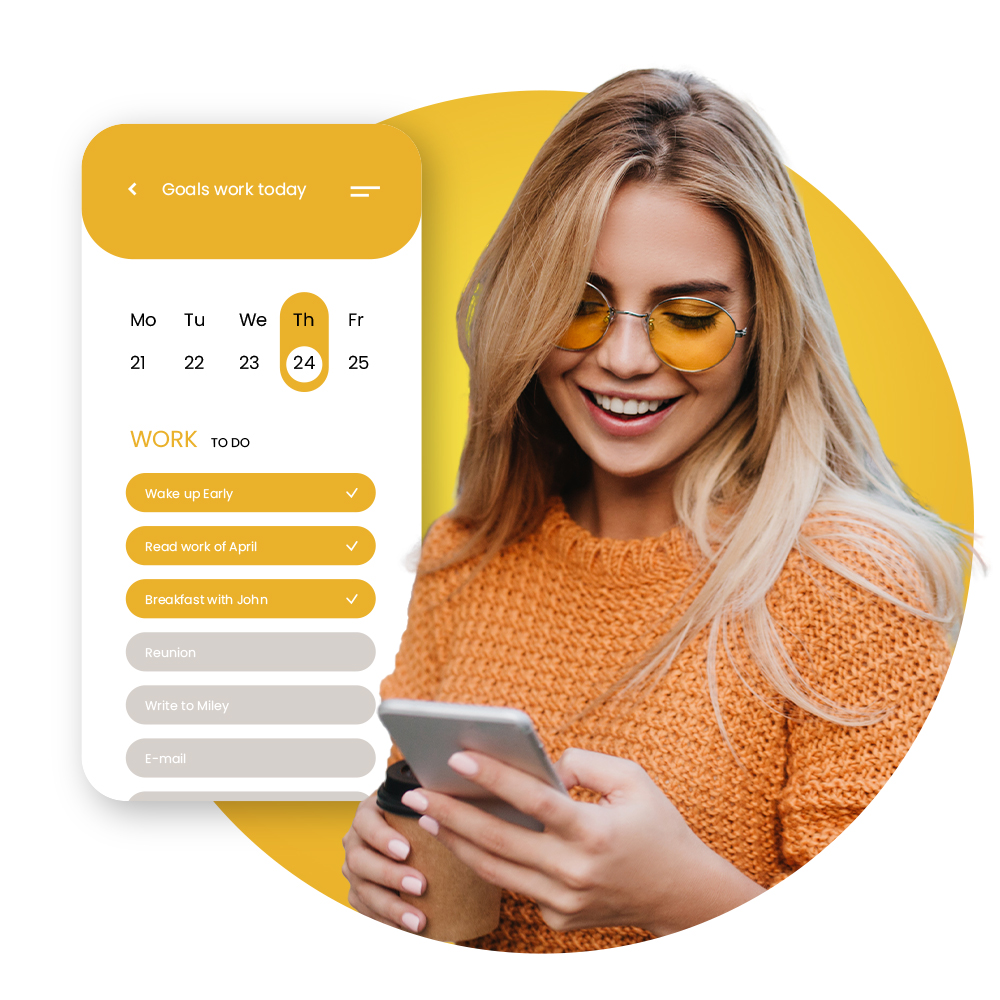
Enhancing User Experience:
User experience (UX) is a critical aspect of brand storytelling. When a website is beautifully designed, easy to navigate, and visually appealing, it enhances the user’s journey and leaves a positive impression. This positive experience becomes part of the brand’s narrative.
Consistency Across Platforms:
Graphic designers ensure that a brand’s visual elements are consistent across all platforms – from social media profiles to print materials. This consistency builds trust and reinforces the brand’s narrative in the minds of the audience.
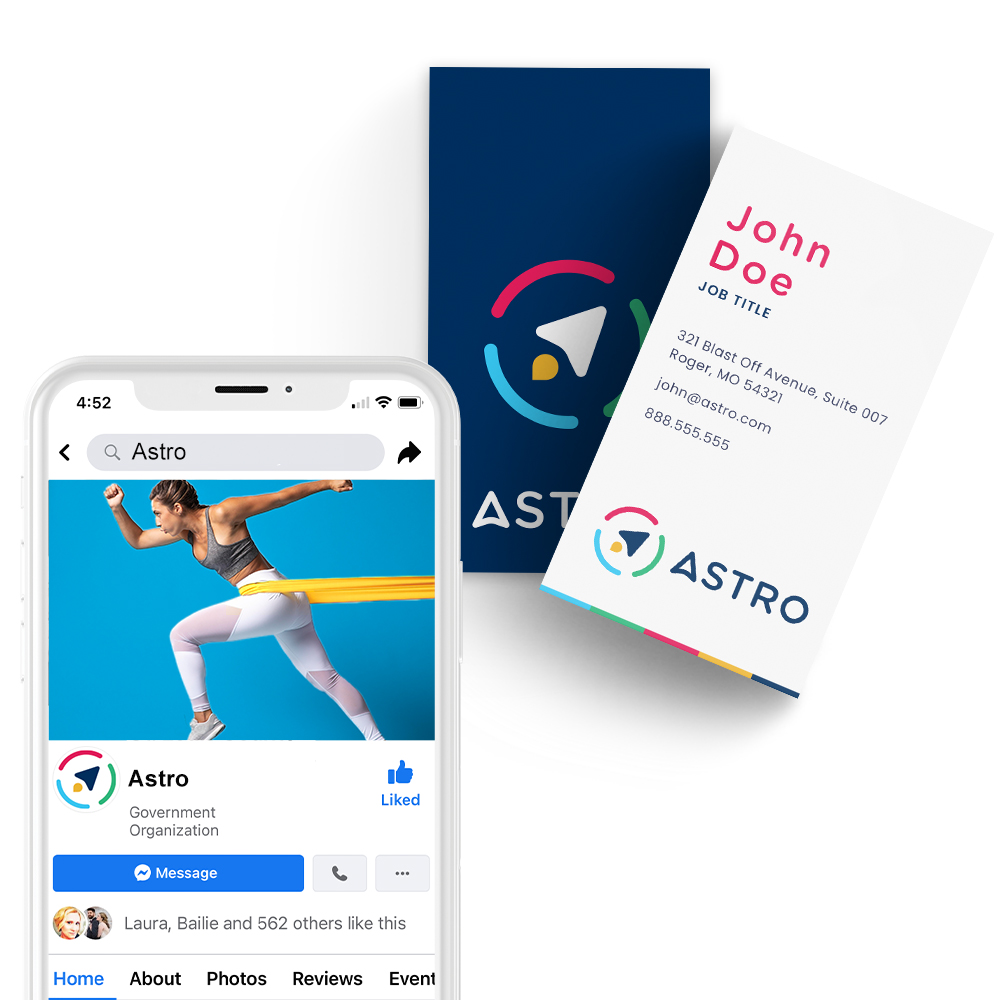
In the digital era, where visual content dominates, graphic design has emerged as a powerful tool for enhancing brand narratives. It shapes the way audiences perceive and connect with a brand, making it an indispensable part of modern marketing. Whether it’s through a logo, a website, or a social media post, graphic design adds depth and emotion to a brand’s story, leaving a lasting impact on its audience.
As a graphic designer, your role in this narrative-building process is pivotal. By understanding the power of visual storytelling and harnessing it effectively, you can help brands convey their messages more persuasively and authentically than ever before.